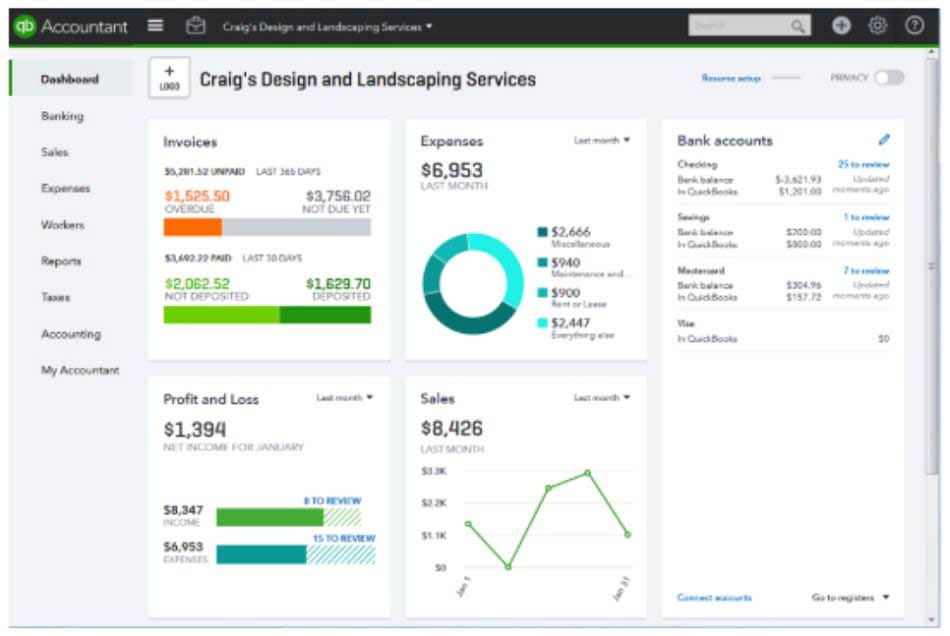
Hopefully this article, at the very least, helps you wake up not dreading opening up your church’s Chart of Accounts tomorrow. Provide clear and descriptive names for each account/category/fund to avoid confusion. This can be included in the description fields, such as purpose (Donation for Building Fund). There’s outdated information/terms, it’s not well organized, and it’s difficult to make any financial decisions after considering it.

Church Accounting Guidelines And Best Practices
This helps the church plan for the future and make strategic decisions about resource allocation. There are a ton of Church Accounting software on the market, but be sure to choose the one that fits the needs of your church. Look Bookstime for features such as fund accounting, donation tracking, and financial reports. Building an elegant chart of accounts requires balancing the need for sufficient relevant financial data with the desire to keep reports simple and understandable. Our nonprofit professionals can help you structure your financial systems to wholly support your mission work and enhance the effectiveness of your organization.
Do’s and Don’ts When Setting up the Church Chart of Accounts
However, be sure to regularly review your Chart of Accounts to keep your church’s finances as accurate and up-to-date as possible. You may need to add, delete, or inactivate accounts as your church finances change, but if you have a strong foundation you should be set up for long-term success. If you’re struggling to set up or maintain a chart of accounts for your church, contact us. Our team can help you identify what you need to do and retained earnings can equip you with the tools and knowledge to help you get there. A chart of accounts is an important part of your church’s accounting activity.

Form 990 Filing: Your Essential Guide to Nonprofit Taxes
- This bookkeeping consistency is one of the 10 GAAP Principles of accounting, and it is critical.
- Think about all the ways your church receives and spends money, as well as what assets and liabilities it holds.
- Then assign your Reference Numbers (be sure to use consistent numbering).
- In Nonprofit organizations, the “equity” is held within the fund balances.
- Ensure that the way you and your leadership talk about tithes and offerings (in the short offering messages you give from the front) address giving as a gift, as a privilege – not an obligation.
- Using numbers allows the church to organize the chart of accounts.
Karrin recommends PowerChurch accounting software because it provides accounting software as well as church management features. This will maintain transparency with the congregation and ensure that you have a clear picture of your church’s financial activity. Having a variety of revenue streams makes your church more financially stable. If one source falls through or some of your expenses are higher than expected, it’s easier to recover when you don’t have all of your funding eggs in one basket.
- We develop high quality software for religious organizations, from church plants to denominational offices.
- When a mistake is made, the bookkeeper simply has to make a correction to the expense and checkbook.
- From detailed record-keeping and clear budget lines to regular audits and the use of dedicated accounting software, each step helps maintain financial integrity.
- My team and I (besides being stellar writers) are pastors and church leaders.
Accounting: Manage Years (v25 & Newer)

Your accounting system should support tracking multiple funds across fiscal years. From detailed record-keeping and clear budget lines to regular audits and the church chart of accounts use of dedicated accounting software, each step helps maintain financial integrity. Embrace these practices, and let your church’s financial management be a testament to diligent and faithful stewardship. Maintain detailed and accurate records of all financial transactions and cash flow, including donations, expenses, payroll, and grants. Proper documentation of any financial data helps you stay prepared for audits and will help you provide evidence of compliance with regulatory and tax guidelines.
- Churches don’t typically use cost of sales, so we will skip that section.
- Financial decisions are made in support of the mission, not simply to generate profit.
- Record the income from each event under a specific fundraising category.
- This will give you more time to focus on what truly matters- serving your congregation and community.
- If one source falls through or some of your expenses are higher than expected, it’s easier to recover when you don’t have all of your funding eggs in one basket.
- The process of church accounting is most similar to nonprofit accounting, since every church is also required to reinvest all of its funds into the organization and its mission.

Fund transfers are unique to church accounting and are done more often than you may think. For example, the General Fund may give money to the Youth Fund for an upcoming trip to help the Youth group. The interfund transfer accounts help to decrease one fund (General) and increase another fund (Youth). Listed above are the major sections in the CoA (chart of accounts) for churches. Keep in mind ‘revenues’ and ‘other revenues’ work the same way, as do ‘expenditures’ and ‘other expenditures’. Churches don’t typically use cost of sales, so we will skip that section.
Locations, funds, and departments: common building blocks of an effective COA
- You will likely further break down the latter into individual funds and assign each one its own name and number on your COA.
- Each of these will have its own set of recorded transactions within the stated fiscal period.
- It’s pretty clear with these two examples, the second one is a poor way to set up a chart of accounts.
- Work with church leaders to prioritize essential expenses like staff salaries and building maintenance, followed by ministry and outreach programs.
- But for those of us mere mortals who would rather do, well, just about anything else, the ever-menacing thought of handling bookkeeping for our church just doesn’t really inspire us.
- A nonprofit chart of accounts differs from a regular business chart of accounts primarily in how it reflects the specific financial activities and reporting requirements of a church.
There are 3 essential types of software that every church should integrate into its church accounting toolbox. Churches operate based on a mission to serve their community and fulfill the vision and values that the church and leadership have prayed into. Financial decisions are made in support of the mission, not simply to generate profit. On the other hand, businesses focus on generating profits for the business owner or shareholders. Parable’s financial management hit a new level, reducing errors and administrative workload while enhancing financial oversight. This shift empowered their leaders to dedicate more time and resources to the work of growing their reach.

